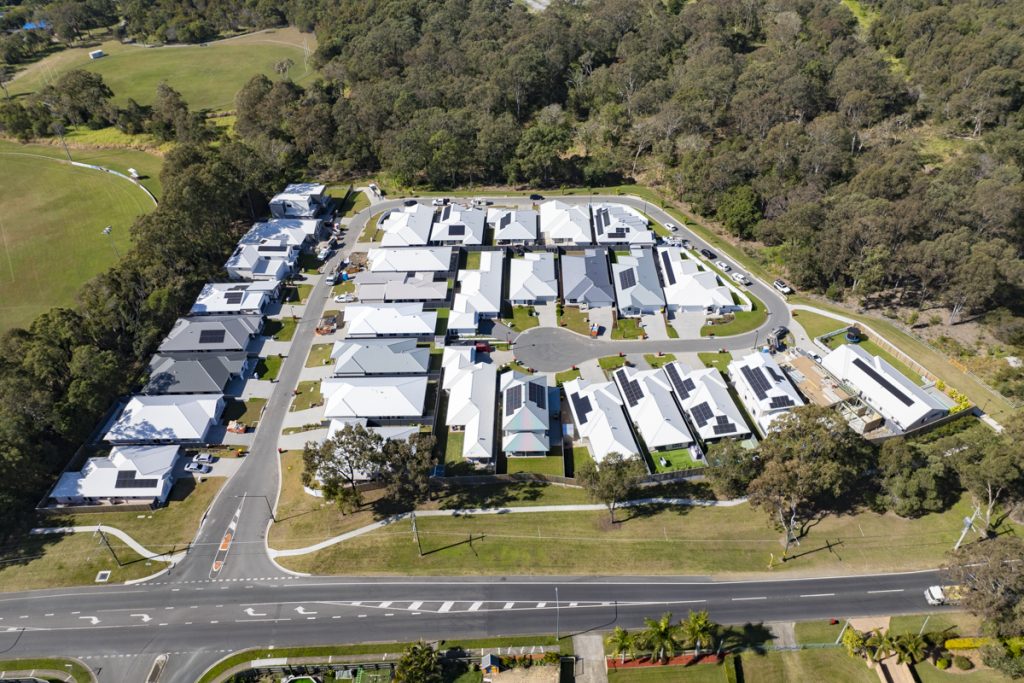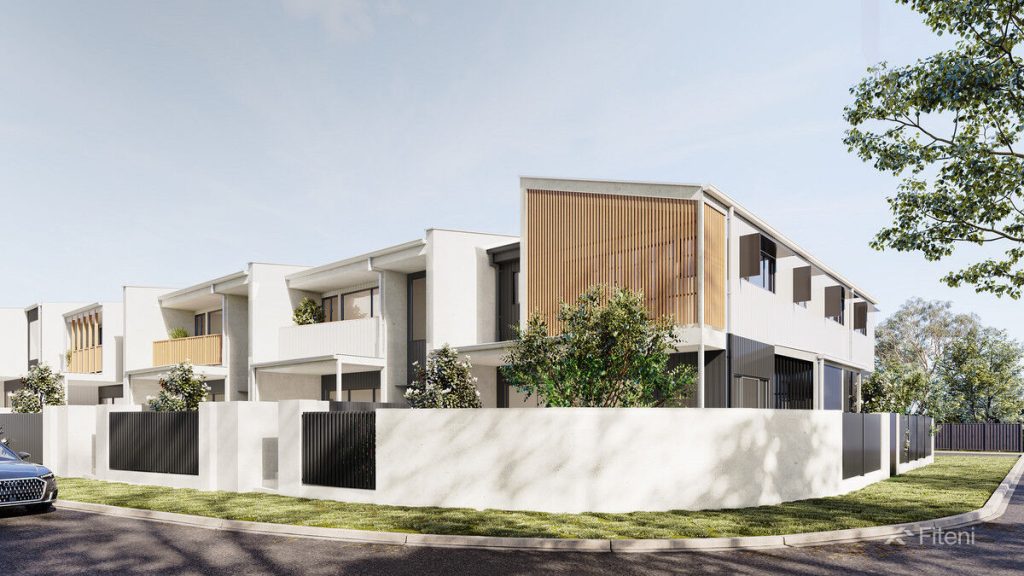Building a new home in a suburb you love can be challenging, especially when vacant land options are limited. But that doesn’t mean you have to compromise on location or settle for a smaller lot. Knockdown and rebuild projects offer an excellent solution, allowing you to remain in your preferred neighbourhood while building the house of your dreams. Whether you want a larger lot size or simply prefer the area you are currently living in, demolishing an older home and constructing a new one provides the opportunity to create a modern space tailored to your lifestyle and needs, without leaving a community you cherish.
Before starting a knockdown rebuild, it’s important to understand the process to ensure you achieve the best results for your project. Our guide below outlines key factors to keep in mind, helping you navigate the entire journey from planning to completion.
Planning and Permitting Phase
Planning and obtaining the necessary permits are crucial steps in any home construction timeline. A well-structured rebuilding schedule ensures all legal requirements are met before moving forward. Proper planning during this phase sets the foundation for the following construction phases.
Knockdown and Site Prep Stage
The knockdown and site preparation stage involves clearing the old structure, something that directly impacts the demolition process duration. Efficient handling of this stage ensures the rebuilding schedule stays on track. Site preparation must be completed thoroughly to avoid delays in the homebuilding timeframe.
Rebuild Construction Phase
During the rebuild construction phase, the focus shifts to building the new structure according to the home construction timeline. Careful coordination of the various construction phases helps maintain momentum. The rebuild construction phase is where the vision for the new home starts to take shape and follows a detailed rebuilding schedule.
Key Factors That Impact Timing
There’s no shortage of factors that can delay a construction project. Understanding them can help you navigate challenges that arise. Listed below are some of the most notable.
Permitting Delays
Permitting delays can significantly impact the overall homebuilding timeframe. Local regulations and required inspections often take longer than anticipated, pushing back the construction start date. Submitting permit applications early can help mitigate these delays.
Weather Conditions
Unpredictable weather conditions can disrupt the rebuilding schedule. Heavy rains or extreme temperatures may halt construction activities, leading to extended project timelines. It’s essential to account for potential weather-related delays when estimating the timeline of the construction phases.
Site Preparation Challenges
Unexpected site preparation challenges, such as difficult terrain or hidden underground utilities, can increase the demolition process duration. These issues must be resolved before construction can begin, potentially adding time to the project. Proper site assessment before beginning work can help anticipate and address these challenges early on.
Supply Chain Disruptions
Supply chain disruptions, such as delays in material deliveries, can slow down the home construction timeline. These delays can cause gaps in the construction phases, resulting in an extended project duration. By working with reliable suppliers and maintaining a flexible schedule, you can help reduce the impact of these disruptions.
Labour Availability
Limited labour availability can also delay the rebuilding schedule, especially if skilled workers are in high demand by other firms. The availability of workers directly affects how quickly each phase of construction can be completed. Plan so you can secure labour early and keep the project on track.
Design Changes
Design changes made during the construction process can significantly impact the homebuilding timeframe. Modifications often require adjustments to plans and additional approvals. Finalising design details before construction begins is key to avoiding these time-consuming setbacks.
How Long Is the Knockdown and Rebuild Process?
The knockdown and rebuild process typically takes between six to twelve months, depending on various factors. As previously mentioned, the following are major factors that influence the timeline:
- Permitting
- Site preparation
- Weather conditions
The complexity of the new design and any unforeseen challenges, such as supply chain disruptions, may also extend the duration. Carefully planning each phase and staying proactive can help homeowners ensure the process stays within the expected timeframe.
Finding a Professional
Without the right professional on your side, it can be difficult to achieve your goals within the desired timeline. It’s crucial to do your due diligence so you can get the ideal outcome, as not all professionals are created equal. Let’s explore how to find the right one for your project.
Identify Potential Candidates
Start by making a list of potential professionals who specialise in the type of project you’re planning. Seek recommendations from friends, family, or trusted online sources. The initial step helps narrow down your options to those with a proven track record.
Verify Credentials and Experience
Confirming that the professionals you’re considering have the necessary credentials and experience is crucial. Ask for certifications, licences, and a portfolio of past work.
Ensuring they possess the required expertise will lead to quality results. Even if they seem trustworthy, don’t hire them if they don’t have the required amount of experience.
Review Client Testimonials
Client testimonials provide valuable insights into the experiences of others who have worked with the professional. Look for patterns in feedback, such as punctuality, quality of work, and professionalism.
Consistent positive reviews indicate reliability and trustworthiness. However, you might encounter fake reviews during your search. Fraudulent reviews can lead to major problems, as they’re meant to mislead users.
Conduct Interviews with Prospects
Interviewing prospective professionals allows you to gauge their understanding of your project and their approach to it. During the conversation, ask about:
- Timeline
- Pricing
- Potential challenges they foresee
Interaction during the interview helps determine if they align with your expectations.
Assess Communication and Compatibility
Effective communication is key to a successful working relationship. Assess how responsive and clear the professional is during your interactions. Compatibility in communication style ensures smooth project progress and mutual understanding throughout the process.
Understand the Knockdown and Rebuild Process
It’s crucial to understand the knockdown and rebuild process before moving forward, as it will help you plan accordingly. The tips in our guide will also help ensure you avoid potential pitfalls. Just be sure to research the professional you work with.
Fiteni Homes has over 40 years of experience building custom homes in South-East Queensland. We offer fixed-price house and land packages across various locations, ensuring transparency and no hidden costs.
With a commitment to quality craftsmanship and customer satisfaction, we strive to exceed all client expectations. Get in touch with us today to learn more about how we can help.



